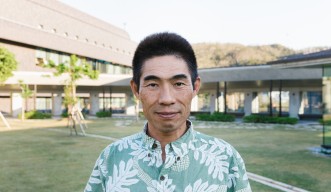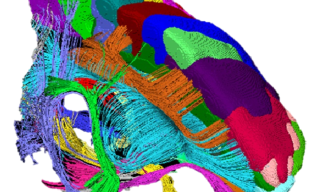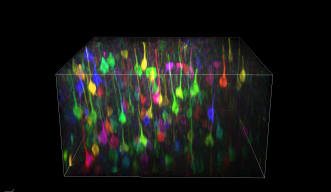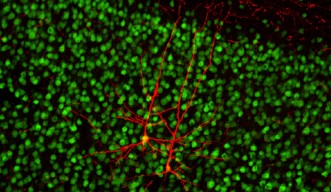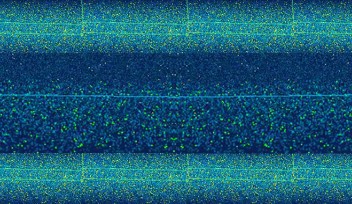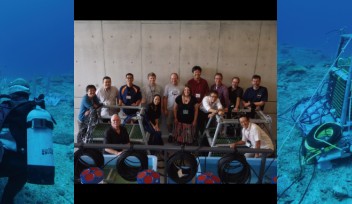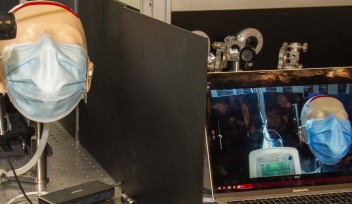OIST Joins Japan’s Brain/MINDS Project
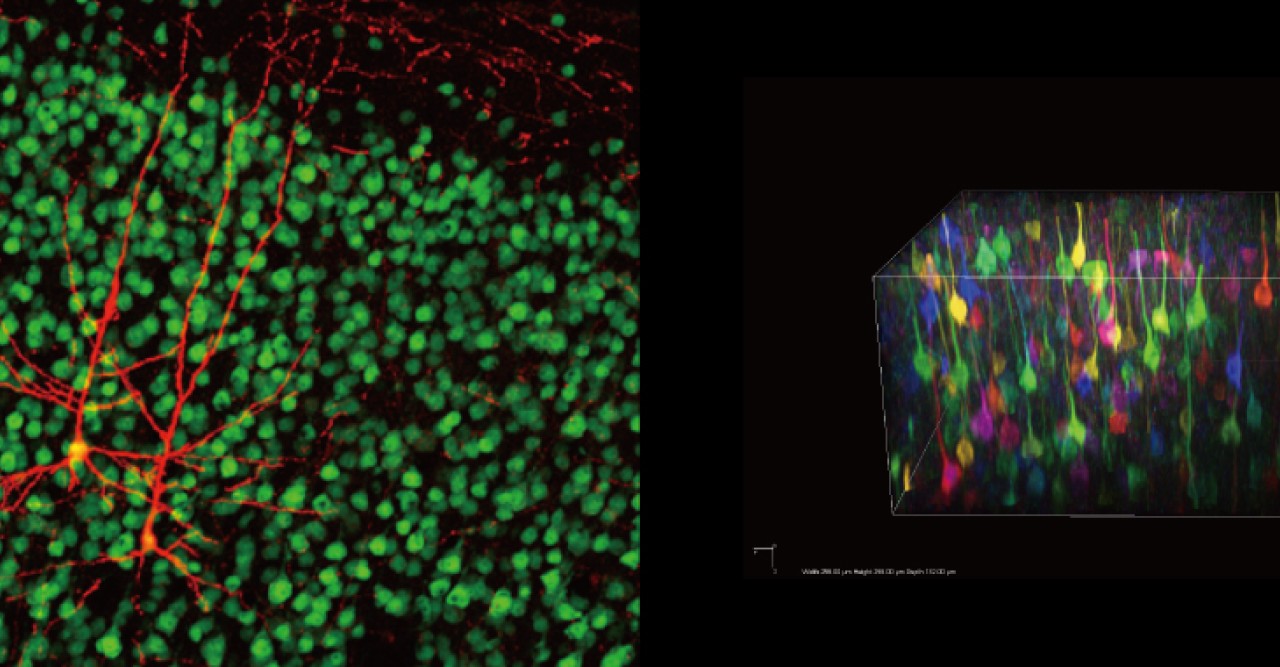
Governments the world over are now focusing their efforts in research towards mapping the brain to understand its secrets. America has The BRAIN Initiative and Europe, The Human Brain Project. Japan’s counterpart is called The Brain/MINDS Project which aims to map the brain at various scales of detail and function over the next ten years. The maps that result from this research would subsequently be used for the development of neurotechnologies and for disease studies. The Okinawa Institute of Science and Technology Graduate University has become one of 17 institutions in Japan to be awarded a grant by the government to conduct this research. Professor Kenji Doya of the Neural Computation Unit at OIST is leading the effort.
Doya’s proposal revolves around the development of computational technologies to best utilize the variety of structural and functional data that will be collected throughout this project. Researchers at different institutions throughout Japan will collect the data, of the neural circuit of the marmoset brain using the latest brain imaging and genetic technologies to develop both structural and functional maps of the brain at the macroscopic, mesoscopic and microscopic levels. Doya’s unit at OIST will be hard at work on methods to integrate those data to create models of different scales and then to link them together for inference; from the scale of the entire brain all the way down to the chemical interactions between individual neurons. Data from various imaging technologies such as MRIs, optical microscopes and electron microscopes will all need to be integrated as computer models in order to make sense of how the brain realizes its functions, be it the macroscopic scale or the microscopic scale. These models should then be combined to estimate how factors at microscopic levels, such as genes and neurotransmitters can affect the functioning of the brain as a whole.
Doya’s group previously tested how large neural network simulations on RIKEN’s “K” supercomputer could run. They showed that the supercomputer, ranked the world’s top in 2011, could accommodate a network model of 1.73 billion neurons, which was larger than the marmoset brain network, estimated to have 600 million neurons. Doya said “That was an important technical benchmark, but as we used a randomly connected network, there was little to say about the brain from that simulation. Now, under Brain/MINDS Project, we are going to get actual data about how those millions of neurons are wired and how they fire during different behaviors. It is an unprecedented opportunity and challenge for us brain modelers.”
Doya looks forward to the opportunity of collaborating with leading experimental neuroscientists who joined the project. He also seeks partnerships with other world-wide efforts of mapping the brain’s structure and functions, such as those by the Human Brain Project, the BRAIN Initiative and the International Neuroinformatics Coordinating Facility or INCF. Utilization of big data to build computer models for knowledge discovery is a hot topic not only in brain science, but also in many fields of science, such as geology, physics, and biology. Doya hopes that the interdisciplinary research community at OIST can be the forum for cross-fertilization of ideas and methods for big data-driven science.
Specialty
Research Unit
For press enquiries:
Press Inquiry Form










